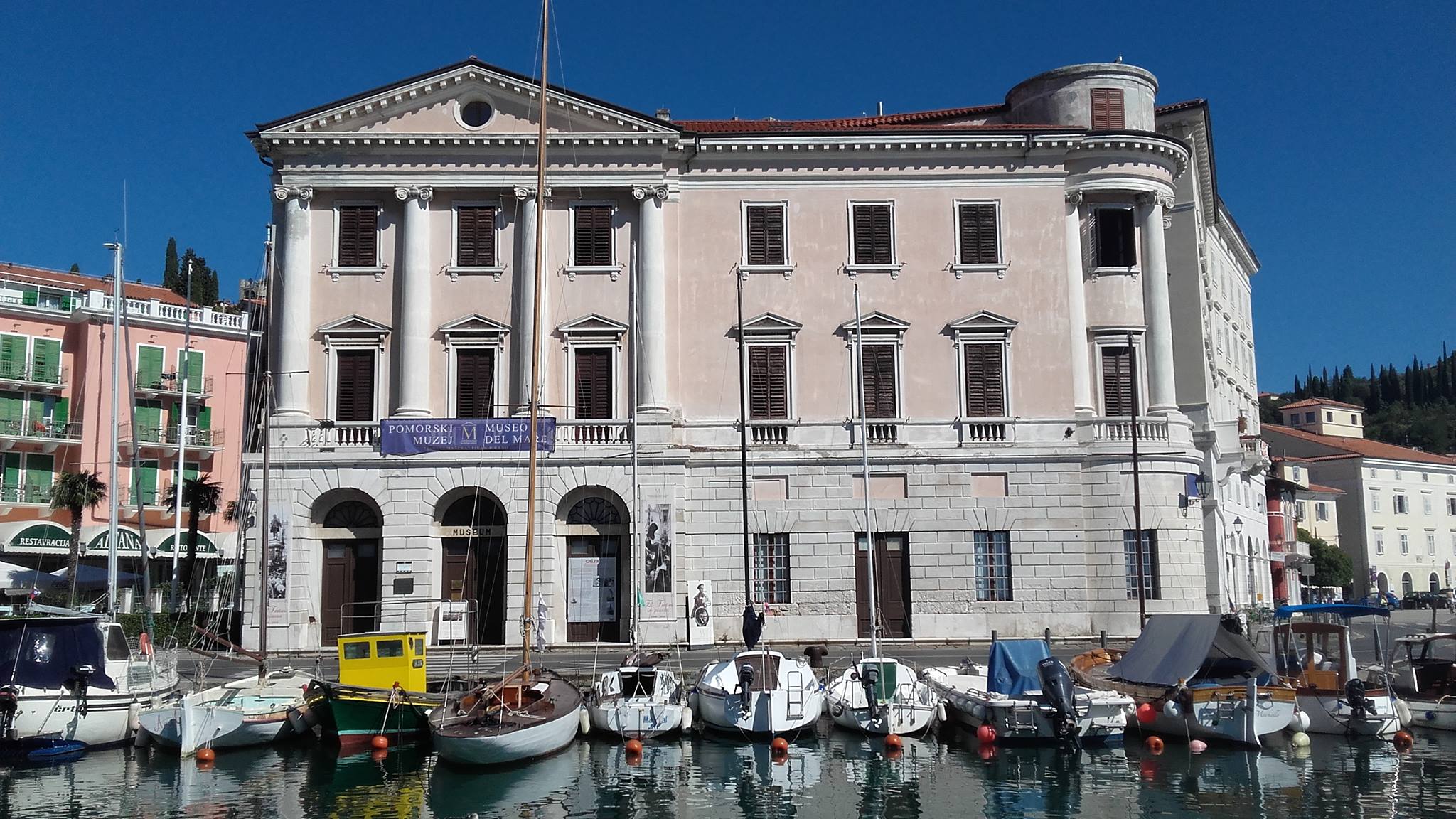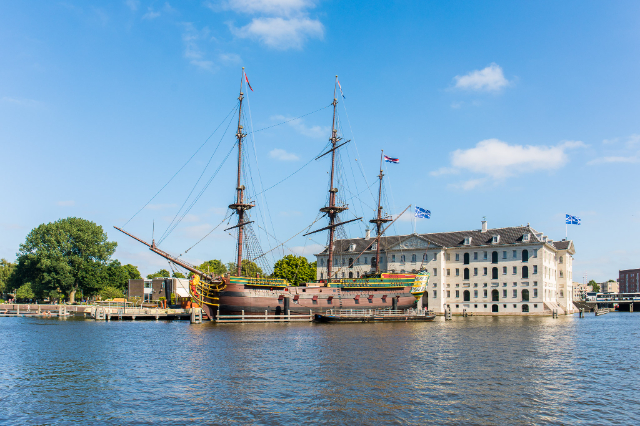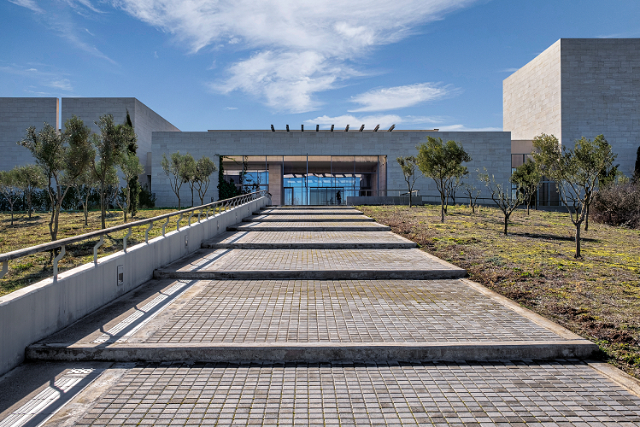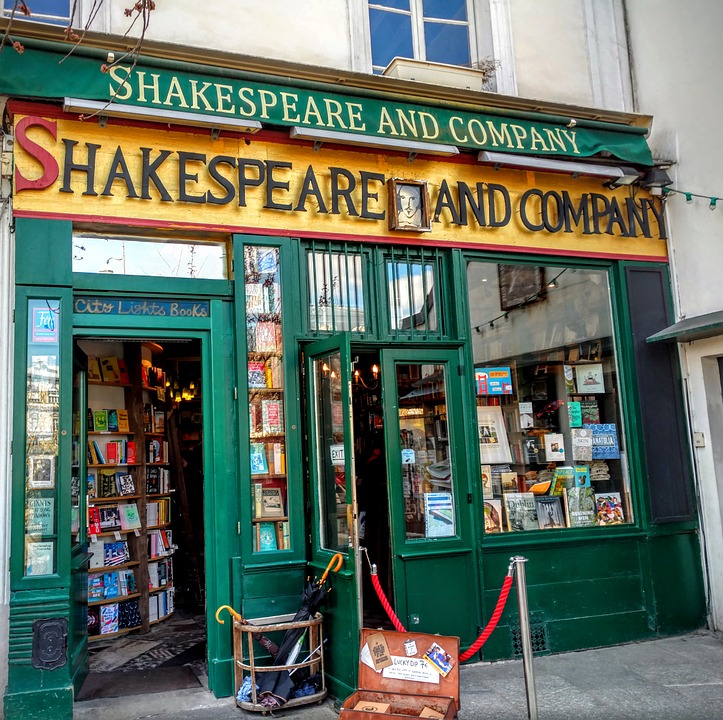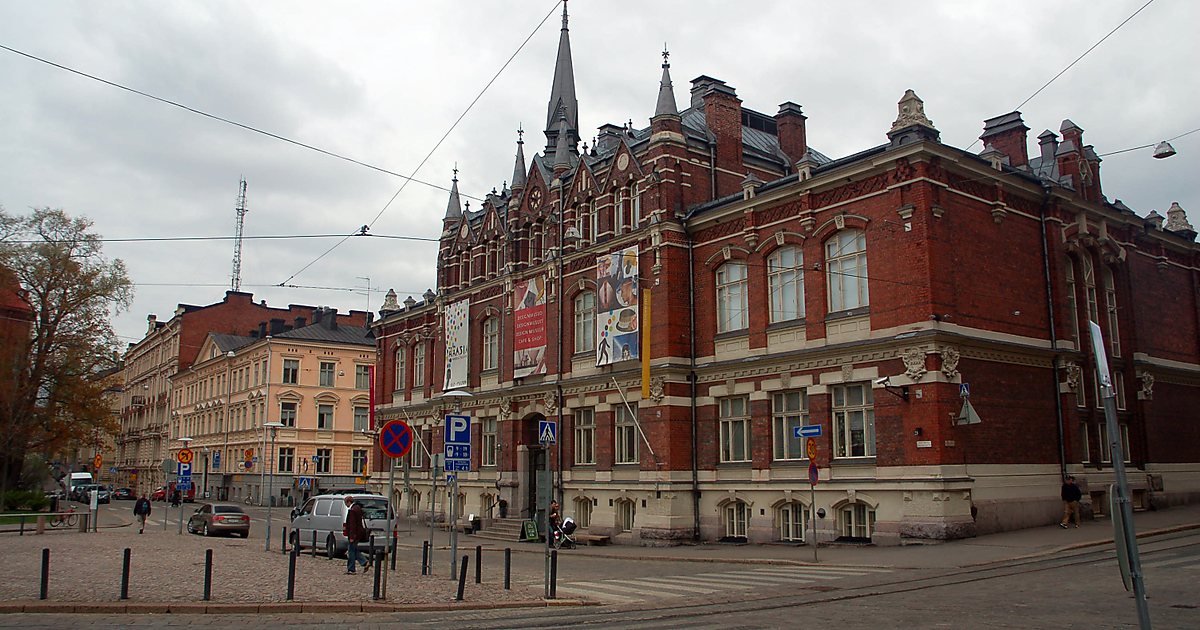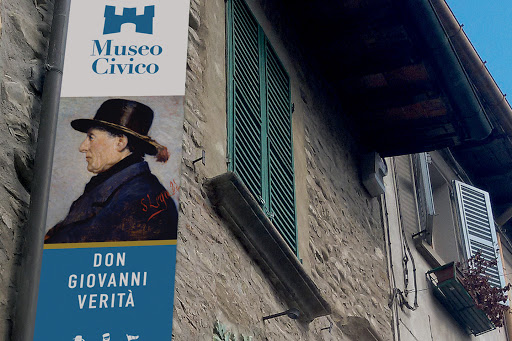The Maritime Museum is housed in the Palazzo Gabrielli, a beautiful building constructed in the mid-19th century on the edge of the Piran mandrač. The museum collects, studies and exhibits the maritime and seafaring heritage of the Slovenian coast and the entire Slovenian territory. To this end, it has a permanent collection of maritime archaeology, an ethnological collection on fishing and a historical-artistic collection of seafaring from the Middle Ages to the end of World War II. The museum also has four other off-site units: the Museum of Salt Pans in Sečovlje, which presents life in the salt pans and the traditional way of salt production; the ethnological collection in the Tona House, where in an old restored oil mill, complete with a mill, press and a rustic kitchen with a room, it is shown how people once lived in the Istrian countryside; the Giuseppe Tartini Memorial Room, located in the house where the violinist Giuseppe Tartini was born, which exhibits numerous interesting objects, the most valuable of which is his violin; the old Monfort Salt Storehouse, which houses collections of traditional shipbuilding and water sports and the new exhibition Sal Nostrum – from the salt pans to the salt warehouses, which tells the story of the development of salt warehouses and the journey of salt from the salt pans to the salt warehouses. In the sea, in front of the Maritime Museum, is anchored the Galeb, a sailing boat donated to the museum by the famous dancers Pia and Pino Mlakar. The Maritime Museum Piran has also set up and supervises the La Casa del Mare collection on Izola.
